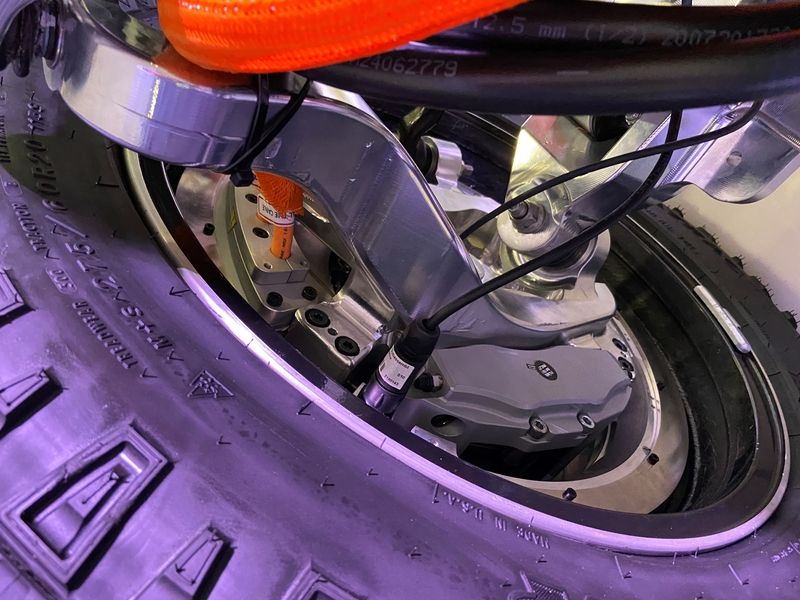
Just about every powertrain configuration has been offered in regular production vehicles except one: the wheel hub motor.
It’s not been for lack of trying, though.
For example, General Motors early this century tinkered with a Chevrolet S-10 pickup powered by an electric motor in each wheel. The effort was abandoned when engineers could not solve three problems: reducing unsprung weight, effectively sealing the motor against the elements and maintaining proper operating temperature.
In the 15 years since GM built the electric S-10, wheel hub motor technology has improved, and now, if all goes according to plan, the Lordstown Endurance electric truck will introduce wheel hub motors about a year from now.
The Endurance also uses a motor in each wheel to provide full-time four-wheel drive. It will be the only truck on the market that does not use any of these parts: a transmission, axles, transfer case, driveshaft, U-joints or gears. That saves more than a thousand pounds of weight.
Lordstown Motors will assemble the wheel hub motors at its plant in Ohio. But the motors are not Lordstown’s design.
They come from a Slovenian company, Elaphe Propulsion Technologies, which has been working for a dozen years to solve the riddles that have kept wheel hub motors on the sidelines.
I recently caught up with Elaphe’s chief technical officer, Gorazd Gotovac, via phone from the company’s headquarters in Ljubljana to find out how engineers have improved the wheel hub motor.
First, weight. Electric motors can be heavy. They usually have a steel outer frame — essentially the equivalent of the crankcase on an internal-combustion engine — and a steel rotor, magnets, bearings, copper windings and other parts.
Because a wheel hub motor is mounted outside of the springs on the suspension system, its weight affects steering, handling and braking.
On the Endurance, each wheel — including motor, disc brakes and related parts — weighs about 74 pounds. That’s heavier than most other vehicles, but manageable.
The other big bogey is ensuring that the electric motor seals out water, can take the pounding from potholes and runs cool under duress. For that, Gotovac said, Elaphe engineers have been testing the motors the old-fashioned way.
For years, he said, Elaphe engineers have been installing wheel hub motors on test vehicles and driving them in real-world conditions. Then, he said, they analyze the data and make improvements.
But there’s a lot that could go wrong. The motors are liquid-cooled. And electric motors in most other vehicles are not subjected to the forces of bumps in the road. But Gotovac said the motors are designed to last the life of the vehicle and about the only part that might ever need replacing is a seal or two.
If Lordstown meets its production schedule, we’ll know in about a year whether wheel hub motors are ready to claim a chunk of the growing electric vehicle market.
Gotovac says interest in wheel hub motors is growing and that other automakers are testing the company’s technology.
“Let’s just say we have more than 50 vehicles around the world in different stages of R&D, so definitely a lot of interest,” he said. “But there’s also a lot of old myths to bust.”